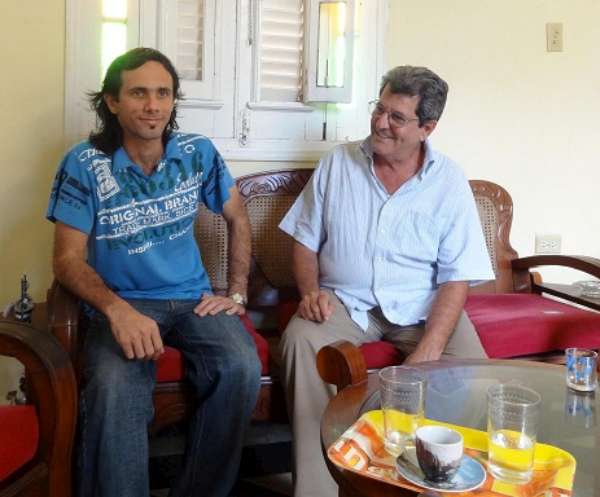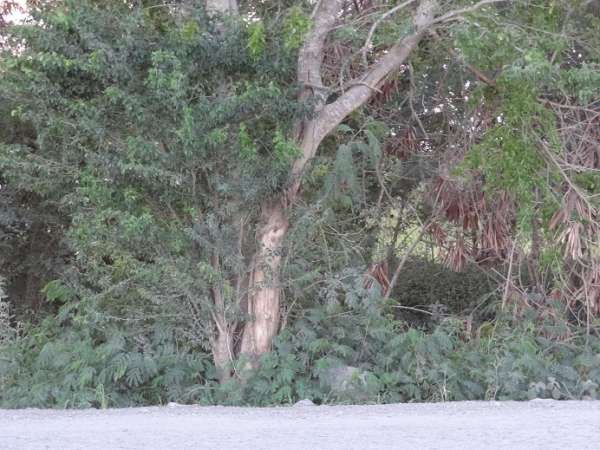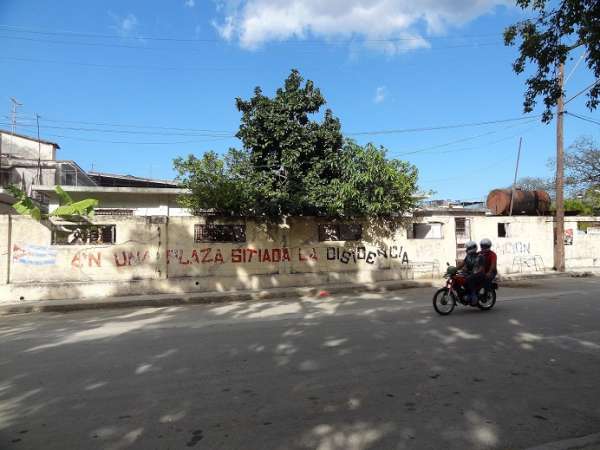
The professor enters the classroom and reads the blackboard. Who wrote this? I raise my hand and she looks at me with a certain threat while she thinks. The entire lecture hall of journalism, second year, expectant. On the blackboard, with chalk and my handwriting “Do you know who is the Cuban nominated for the Nobel Peace Prize? Oswaldo Payá”.
“And you – what do you know of this man?” the professor fires at me and erases the sentence. I respond, although I really don’t know much more than what I’ve written, and in that moment my idea of Project Varela was very sketchy. But in some moment I will travel to meet this man, I tell myself inside, while the professor tries to forget the bad time developing in her class, and the classroom lets out its collective breath.
In 2012 I made two very difficult trips. Without mountains or cliffs on which to slip, without infinite rains or worries about food or beds. Much more than that. Two trips that were pilgrimages, exercises of audacity, journalistic worries and intentions of putting myself at peace with myself, for not having done anything close and for Oswaldo Payá, when he was doing and risking so much. All that, at the time, were those two voyages.
The trip to his house in El Cerro was delayed. Me in Camaguey, often without money for travel or shelter. Havana is not a mountain on which one can put his country house, surrounded by sad recent events. In the end, I got to that place which is his home, the afternoon of January 24, 2012, despite a suspicious encounter that seemed put together by people bothered by the visit.
We talk a lot, with Olga very present and Rosa María observing silently. She was likable and positive, in the midst of the interchange of serious ideas, obvious between two people who believe their country is sinking very badly, and the iceberg isn’t only hitting the ship, but also the passengers who are trying to keep it afloat.
I thanked him for Project Varela, which allowed me to win a thousand discussions with uninformed colleagues, by being the proof that Cubans who try to improve this country have serious and noble plans to do it. I told him of that question I wrote once on the chalkboard of my Santiago de Cuba journalism lecture hall, before the start of classes and of the inquisitional feint of the surprised professor.
I spoke of how my Bayamo friend and I, inseparable university students and passionate defenders of democracy and progress in Cuba, were tagged by certain functionaries as the Raul Rivero and Oswaldo Payá of the Universidad de Oriente, and “how big the names were for those apprentices”.
I forgot to tell him of how in 2004, in the middle of my boring practice of first year journalism, I downloaded Project Varela from Forward Internet, the “official publication of the Communist Party in Camaguey,” and then printed it in the same periodical, at five in the afternoon, when everyone had left. Payá would have laughed a lot at that story.
I don’t remember if I thanked him for that text in posthumous homage to Solzhenitsyn for my magazine La Rosa Blanca, and that he dictated to me by telephone in a few days, punctual and almost without knowing anything of me. Finally, I also forgot to ask him how to subscribe to Project Heredia “his last great civic initiative to open Cuba — that at last I found and signed some days ago.
Probably I sympathize with a great deal his work, though I don’t agree with everything “as one does not agree with his own parents or with his best friends”; but the active intention of creating a more just country through peaceful means is sense for the reconciliation and well-being of those we call Cubans, made me remain silent on this day, which is not his 61st birthday because it’s not a leap year not is he here to celebrate it.

The other trip in which Payá was very close to me was to Bayamo, to be present at the bad trail against the driver of his ultimate vehicle. A trip not as accident prone as that of Oswaldo and Harold Cepero — a colleague among those expelled from the university — although mine ended in a kidnapping and brief imprisonment in Rio Cauto, a remote village. The patrol car, without intending to, drove me by the scene of that accident. Don’t worry. We already caught the sign.

March 1 2013
